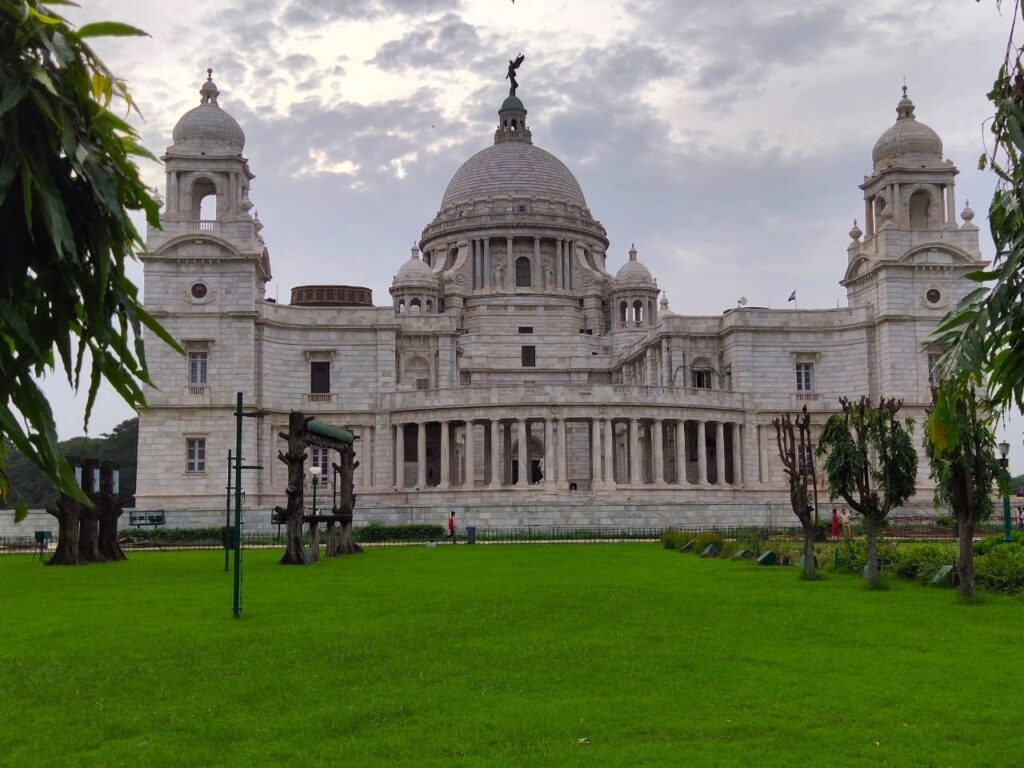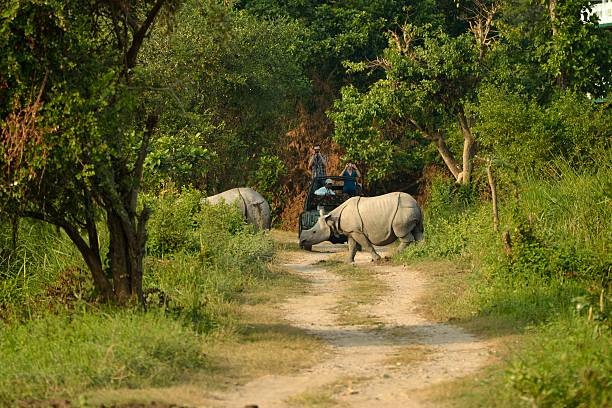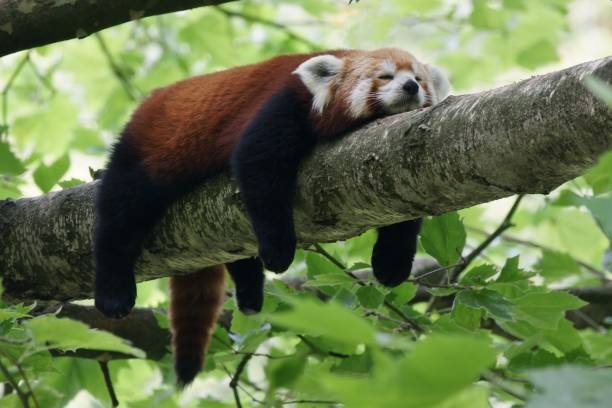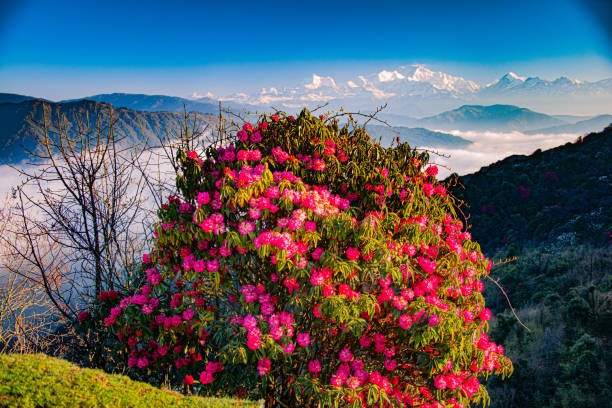
India Red Panda Safari
India is a true intoxication for the senses. This country, as big as a continent and home to over a billion people, leaves no visitor unmoved with its countless colors, sounds, smells and impressions. With its size and its hundreds of languages and costumes, India unites many countries in one. Bustling metropolises of gigantic proportions, tropical jungles, fascinating mountain giants, golden stretches of beach, traditional rivers, wildlife-rich nature reserves, cool hill stations, impressive deserts, monumental buildings: the country overwhelms you with its seemingly endless diversity.
It is completely impossible to see everything India has to offer on a single trip. We recommend concentrating on one or two regions and postponing the rest for future trips.
Visitors are usually interested in neighboring Nepal when it comes to seeing red pandas in the wild. However, the eastern Himalayan region on the Indian side of the border is also home to relatively large populations of this endangered bear species, which is under severe threat due to the loss of habitat.
20 protected areas have been set up by the government in northeast India to protect red pandas. The most important of these are the Khangchendzonga National Park (Sikkim), the Neora Valley National Park and especially the Singalila National Park (West Bengal). Red pandas are extremely shy, solitary creatures and can only be spotted with persistent observation. Trekking tours lasting several days are required to maximize the chances.
The eastern Himalayan region has an unusual climate with cold winters from mid-November to February and a lot of rain between March and April and July to September. It is best to plan a trip in the relatively dry months from May to June and October to November.
What makes this trip so unique?
- You will follow the tracks of the last Indian rhinos on six game drives in the different zones of the Kaziranga National Park.
- You visit the extremely worthwhile Gibbon Sanctuary near Jorhat.
- You explore the highland rainforest of the Singalila National Park at the foot of the Himalayas on foot and try to spot red pandas.
Day 1: Arrival Kolkata (Calcutta)


Arrival in Kolkata. Pick up at the airport by your Natouralist and transfer to the Calcutta Bungalow. Over a first round of beers you discuss the program for the coming days. Overnight stay in the Calcutta Bungalow.
Day 2: Kolkata – Jorhat (Flight)


After breakfast flight to Jorhat. On arrival in Jorhat, we are taken to our host family near the Gibbon Sanctuary in about 40 minutes. Our simple address with locals is in a tea plantation. The afternoon is free. In the evening, simple, local food is prepared. Overnight stay in a simple hotel.
Day 3 – Day 6: Jorhat – Kaziranga National Park


Before the trip to Kaziranga National Park, we pay a visit to the Gibbon Sanctuary. The small rainforest reserve is hiked along the main and side paths (leech socks are a must) in the hope of spotting gibbons, which is easier in the early morning hours. So it’s worth getting up early! It’s fascinating to watch the agile gibbons swinging between the treetops. If you’re lucky, you can spend a relatively long time with them (sometimes up to an hour), although at some point your neck will hurt from constantly looking up.
After a visit, we drive on to Kaziranga National Park.
Kaziranga is an outstanding national park in Assam and consists of swamp and forest areas as well as tall grass meadows. The enormous open spaces are covered with elephant grass.
The park is home to an impressive variety of animals. The national park is famous for its population of around 1,500 Indian rhinoceroses, the largest concentration in the world. The approximately 80 tigers do not appear as often as their brothers in central India. Wild water buffalo, Asian elephants and Barasingha deer are also found in large numbers.
4 nights at the Infinity Resort.
Day 6: Kaziranga – Manebhanjan


Drive to Guwahati at 4 a.m. and fly to Bagdogra. After arrival we drive to Manebhanjan at the foot of the Himalayas. The shortest journey is across the border to Nepal. You reach Kakarbhita in Nepal after a 40-minute drive. Then we leave Nepal again to set foot on Indian soil again. The journey continues to Manebhanjan, 4 hours from Kakarbhita. Overnight stay in a simple homestay. In the evening we explore the natural surroundings in search of nocturnal animals.
Overnight stay in a simple guesthouse.
Day 6 – Day 11: Manebhanjang – Singalila National Park


Today we reach Singalila National Park as part of the first observation tours. Few people know that Singalila is one of the best places in India to track down the critically endangered red pandas. The park was chosen for a red panda release project that has been a huge success: for the first time, red pandas released into the wild have been able to successfully reproduce again.
On these days we hike through the park from the early morning hours to the afternoon hours. We take a packed lunch with us and spend many hours tracking down red pandas with the help of a tracker. Red pandas are very shy animals and you need a lot of patience to see them. But with luck, other mammals native to this Himalayan region can also be seen and photographed, such as leopards, leopard cats, jungle cats, Malayan porcupines, Himalayan and black bears, wild boars, yellow-bellied squirrels and orange-bellied squirrels.
After the daily activities in Singalila, we change guesthouses and drive back to Manebhanjang to reach the airport more relaxed the next day. This evening, the last nighttime animal observation activity is scheduled near Manebhanjang.
5 nights in a simple guesthouse.
Day 12: Manebhanjang – Bagdogra – Fly to Delhi
Today we go back to Bagdogra, from where we fly back to Delhi in the evening. In the evening you will eat together with your naturalist in a typical local restaurant, where locals also eat. Saying goodbye to your guide will certainly be difficult. Return flight.